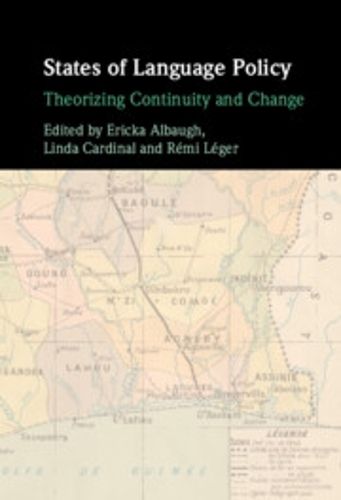Readings Newsletter
Become a Readings Member to make your shopping experience even easier.
Sign in or sign up for free!
You’re not far away from qualifying for FREE standard shipping within Australia
You’ve qualified for FREE standard shipping within Australia
The cart is loading…






Why do some countries have one official language while others have two or more? Why do Indigenous languages have official status in some countries but not others? How do we theorize about continuity and change when we explain state language policy choices? Combining both the theory and practice of language regimes, this book explains how the relationship between language, politics, and policy can be studied. It brings together a globally representative team of scholars to look at the patterns of continuity and change, the concept of state traditions, and notions of historical legacies, critical juncture, path dependency, layering, conversion, and drift. It contains in-depth case studies from a multitude of countries including Algeria, Burkina Faso, Canada, Hong Kong, India, Norway, Peru, Ukraine, and Wales, and across both colonial and postcolonial contexts. Wide-ranging yet accessible, it is essential reading for practitioners and scholars engaged in the theory and practice of language policies.
$9.00 standard shipping within Australia
FREE standard shipping within Australia for orders over $100.00
Express & International shipping calculated at checkout
Why do some countries have one official language while others have two or more? Why do Indigenous languages have official status in some countries but not others? How do we theorize about continuity and change when we explain state language policy choices? Combining both the theory and practice of language regimes, this book explains how the relationship between language, politics, and policy can be studied. It brings together a globally representative team of scholars to look at the patterns of continuity and change, the concept of state traditions, and notions of historical legacies, critical juncture, path dependency, layering, conversion, and drift. It contains in-depth case studies from a multitude of countries including Algeria, Burkina Faso, Canada, Hong Kong, India, Norway, Peru, Ukraine, and Wales, and across both colonial and postcolonial contexts. Wide-ranging yet accessible, it is essential reading for practitioners and scholars engaged in the theory and practice of language policies.